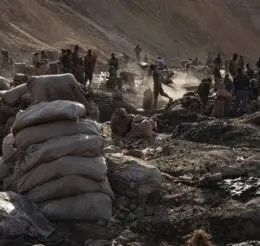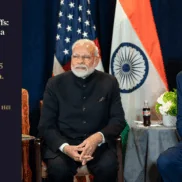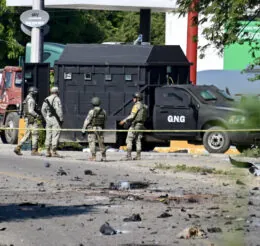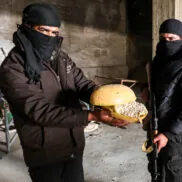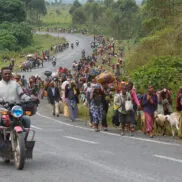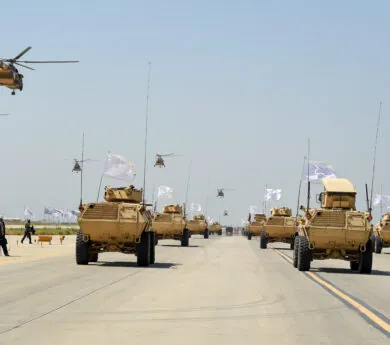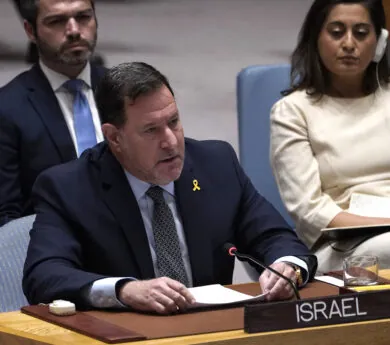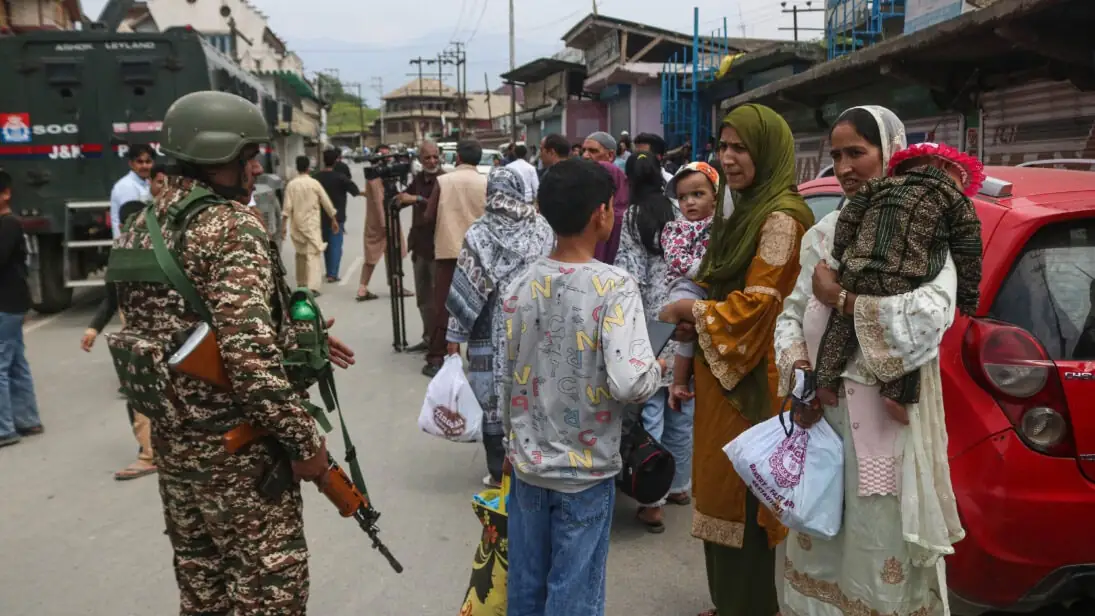Home
24 min listen
Global Hotspots: Israel-Hamas Ceasefire Faces Challenges
6 min read
Why is Saudi Arabia Investing in Syria?
Events
Featured: Iran
Managing Regime Evolution in Iran
The evolutionary regime-change process that has been underway in Iran for the past several years is intensifying under the weight of internal and external pressures. It is highly likely that the IRGC-led military/security establishment will supplant the clergy as the dominant power center once current supreme leader Ayatollah Ali Khamenei leaves power, with serious implications for stability in the country and in its strategic environs. This project examines how Iran will behave in the fast-approaching post-Khamenei era and how the United States can manage the country and the region.
36 min listen
The United States and the Iran-Israel Conflict
31 min read
Inflection in Iran’s Politics and Geopolitics
Managing Regime Evolution in Iran
The evolutionary regime-change process that has been underway in Iran for the past several years is intensifying under the weight of internal and external pressures. It is highly likely that the IRGC-led military/security establishment will supplant the clergy as the dominant power center once current supreme leader Ayatollah Ali Khamenei leaves power, with serious implications for stability in the country and in its strategic environs. This project examines how Iran will behave in the fast-approaching post-Khamenei era and how the United States can manage the country and the region.
Global Coverage
Top Reads
 Go to globe
Go to globe
Number of publications
1-15
16-30
31-45
46+
12 min read
Weaponizing Water: Mafias in South Africa
19 min read
India, Israel, and the Politics of Control
Top Reads
Blog
From the Magazine
The Farther East One Goes in Europe, the More ‘West’ One Winds Up
Nordic and Baltic states are driving the continent toward a more robust engagement on Ukraine amid apprehension over Trump’s dance with Putin
How Israel Is Funding Settler Violence To Overrun Palestinian Villages in the West Bank
Jewish residents of agricultural outposts are using force to accelerate the decades-long process of annexing the occupied territory




